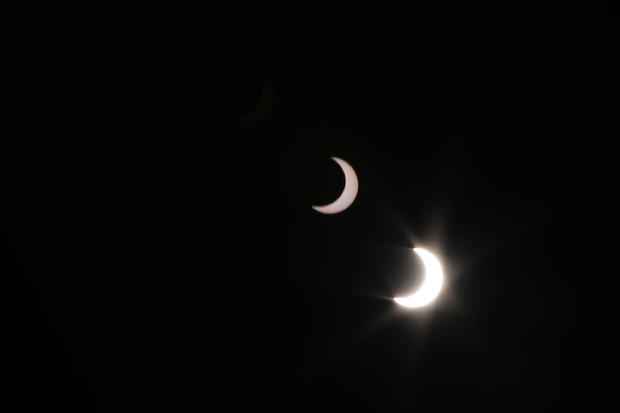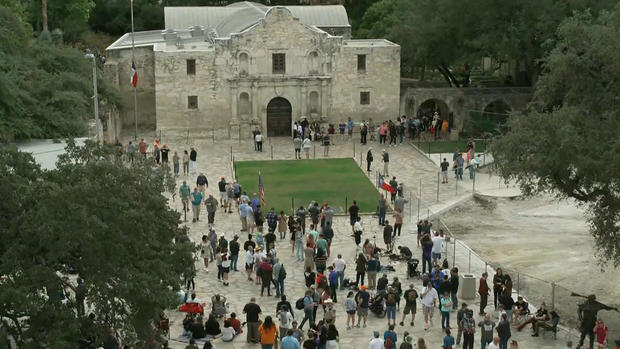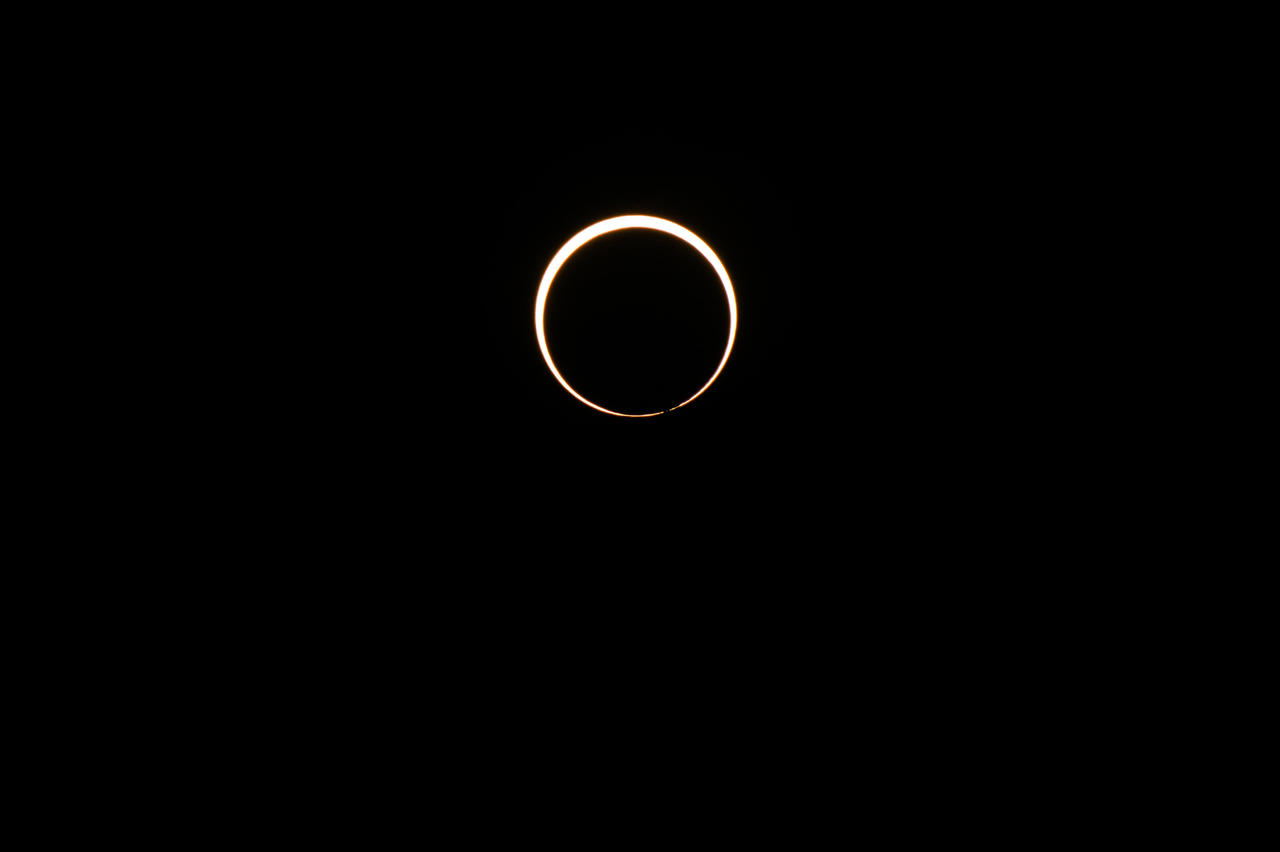‘Ring Of Fire’ Eclipse Brings Cheers Among Watchers
‘Ring of Fire’ eclipse brings cheers among watchers that had gathered to witness the spectacle. The sequence began with the darkening of the skies, followed by the appearance of crescent-shaped shadows on the ground.
Author:Rhyley CarneyReviewer:Paula M. GrahamOct 16, 20238.2K Shares152.7K Views

‘Ring of Fire’ eclipse brings cheers among watcherswho had gathered to witness the spectacle. The sequence began with the darkening of the skies, followed by the appearance of crescent-shaped shadows on the ground.
For millions of people across the Americas, it was a spectacular spectacle as the moon gradually moved into position, obscuring all but a brilliant circle of the sun's outer edge.
In the Caribbean resort city of Cancún, hundreds of individuals made their way to the planetarium to witness the eclipse. Some used homemade box projectors to view the event, while others gazed through telescopes or donned special glasses for a closer look. Enthusiastic children let out joyful whistles, while a few adults extended their arms skyward as if in greeting to the eclipse.
Outside, plant vendors had the opportunity to observe the celestial dance between the moon and the sun in a more organic manner. They utilized the nearby trees as the shifting sunlight filtered through their leaves, creating distinct shadows on the sidewalk.
Carmen Jardines, a 56-year-old vendor, described the scene, saying, "There was silence and like a mist, as if it was dusk, but only a few minutes later the birds were singing again."
Artemia Carreto shared her childhood memories with passersby, recalling a time in southern Mexico when they were advised to gaze at the river, where the eclipse's beauty was reflected on the sandy riverbed beneath the water's surface.
Although she wasn't in proximity to a river on this occasion, Carreto found herself carried away by the sensations triggered by the shifting temperatures and a sensation of weightiness, which she attributed to the Earth's rotation.
For Pilar Cáceres, there was a palpable sense of energy in the air.
"It is something that nature brings us and that we must watch," said the 77-year-old retired elementary school teacher, who observed the eclipse by tracking its shadow through a piece of cardboard.
John Cuddy traveled all the way from North Carolina to San Antonio to witness the solar phenomenon. Having previously observed the 2017 eclipse, he was determined not to miss this one.
“„It's just really cool. It doesn't happen often. Like I think there have only been a few over the continental United States in last couple of decades. It's like a neat thing.- John Cuddy
Ancient Maya astronomers, known for their precision in tracking the movements of the sun and moon, referred to eclipses as the "broken sun." Archaeologist Arturo Montero of Tepeyac University in Mexico City suggested that they might have used dark volcanic glass to safeguard their eyes.
In contrast to a total solar eclipse, a ring of fire eclipse does not completely obscure the sun. When the moon aligns itself between Earth and the sun, it leaves behind a brilliant, fiery ring around its edge.
The complete duration of the eclipse, starting from the moment the moon began to obscure the sun until it returned to its normal state, varied between 2 1/2 to three hours at different locations. The "ring of fire" phase, where the sun formed a brilliant circle around the moon, lasted for a span of three to five minutes, depending on the specific location.
The eclipse path on Saturday extended across several U.S. states, including Oregon, Nevada, Utah, New Mexico, and Texas, with a small portion of California, Arizona, and Colorado. Subsequently, it continued its course over Mexico's Yucatan Peninsula, as well as through Belize, Honduras, Nicaragua, Costa Rica, Panama, Colombia, and Brazil. In other parts of the Western Hemisphere, people experienced a partial eclipse.
Conclusion
The upcoming eclipse is scheduled for April 2024. This event is set to be a total eclipse, and it will cast a brief period of darkness in the middle of the day, spanning from Maine to Texas.
Jump to

Rhyley Carney
Author

Paula M. Graham
Reviewer
Latest Articles
Popular Articles

